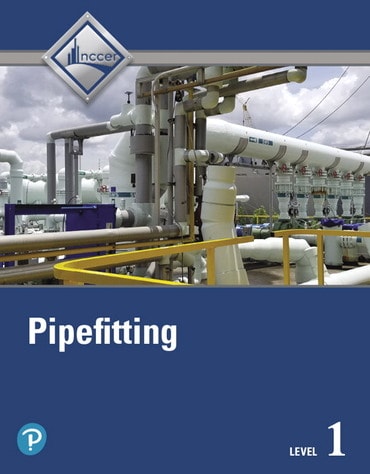
Pipefitting, Level 1, 4th edition
Published by Pearson (June 18, 2019) © 2020
This product is expected to ship within 3-6 business days for US and 5-10 business days for Canadian customers.
Title overview
NCCER’s four-level Pipefitting Trainee Guide will help you build the distinct skills that separate pipefitting from plumbing. You’ll learn how to install and repair high- and low-pressure pipe systems used in manufacturing, in generating electricity, and in heating and cooling buildings. The curriculum meets the U.S. Department of Labor’s standards for apprenticeship programs.
The 4th Edition is built around NCCER’s instructional systems design, which links learning objectives to each module’s content while refreshing the text’s look and feel. All modules were updated to reflect recommendations from subject matter experts on how best to prioritize the key competencies required of a professional pipefitter. New study questions and updated graphics and photos support content updates.
